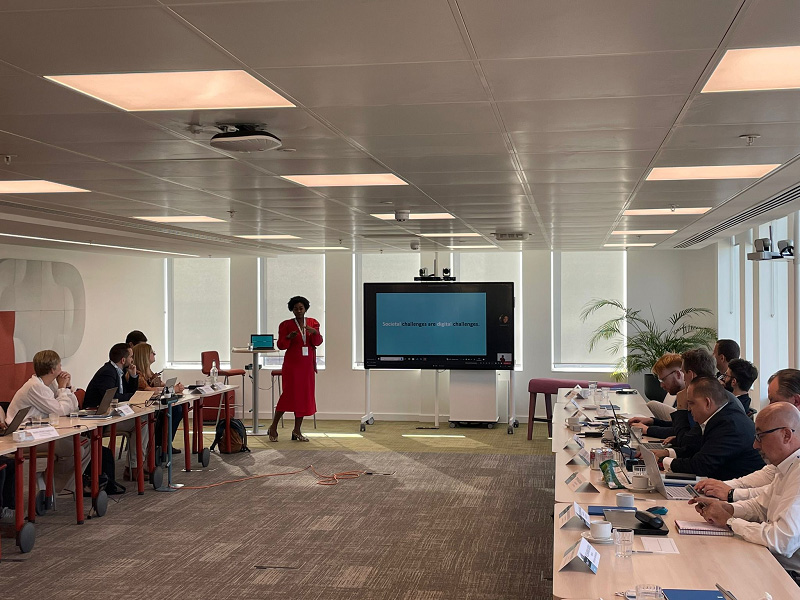Innovative approaches to deployment, new business models, and promising use cases were among the topics on the agenda at the City Telecoms Association event which took place in Westminster, London earlier this month.
It was the first formal meeting of the EMEA chapter of the group and was attended by around 20 cities, including Barcelona, London, Sunderland, Manchester, Prague, Glasgow, Milan, Rotterdam, and Las Vegas, as well as several representatives from the private sector.
The public-private network is hosted by the Cities Today Institute and aims to help cities and the telecoms industry to collaborate and tackle the challenges to infrastructure deployment in urban areas.
New approach
Jamie Cudden, Smart City Program Manager, Dublin City Council, has spearheaded the network and chaired the event in London.
He said: “This is particularly important for cities and the industry as we are moving towards densification of telecom networks and moving to 5G. Everyone’s excited about the potential but the reality is, as we build out these networks, we need to understand how we can better use assets in cities and how we can work more closely with the industry.
“That’s something that didn’t necessarily have to happen with earlier generation networks.”
Alessandro Gropelli, Deputy Director General of the European Telecommunications Network Operators’ Association (ETNO), agreed that greater co-operation is needed.
“European telecom operators are in the business of rolling out, at the local level, access networks such as 5G and fibre, which means they’re bringing it into the hands of the mobile users and into the houses of the fibre users. This is local work; it’s brick-and-mortar work for building the digital future,” he said.
“So, telecom operators and local communities need to have fora in which they can discuss and understand each other better. And also find ways to facilitate rollout of these new networks that are very costly and require a huge investment.”
Compromise
Key areas for collaboration identified during the event included shared policies and governance models, investment, digital inclusion, equipment design, and streamlined deployment.
Michael Sherwood, Chief Innovation Officer for the City of Las Vegas and co-chair of the US branch of the CTA network, said: “While the city always wants more connectivity, more access, more community enrichment, we also have to realise that we need the investment from the private sector. So [it’s really about] working together.”
Dr Mani Manimohan, Head of Digital Infrastructure Policy and Regulation at GSMA, a global trade association for the mobile industry, highlighted what he sees as the greatest areas for potential.
“The mobile industry is rolling out new generation technologies in cities. Therefore, cities have to help them in terms of making it easier to deploy new base stations, more cells and fibre assets to the various infrastructure points.
“Cities can help the mobile industry to create the demand in terms of some of the smart city initiatives…whether it’s advanced LED lighting or advanced parking solutions to make those demand solutions available to the mobile industry, as well as on the supply side, making it easier for mobile operators to deploy assets.”
He cited requirements around planning permission, rights of way, setting fees for accessing public infrastructure assets, and also following international guidelines on electromagnetic fields.
“I think that’s where setting up very clear rules and providing certainty for those investments to happen would help both parties.”
The CTA is a global network and further meetings and the US launch are scheduled for the coming months.
“Connectivity is a universal, whether we’re in Europe or Asia or the United States,” said Sherwood.
“So really having a worldwide view is extremely important.”
